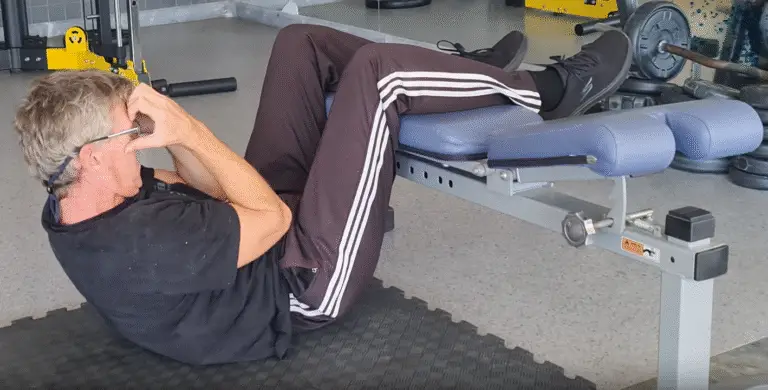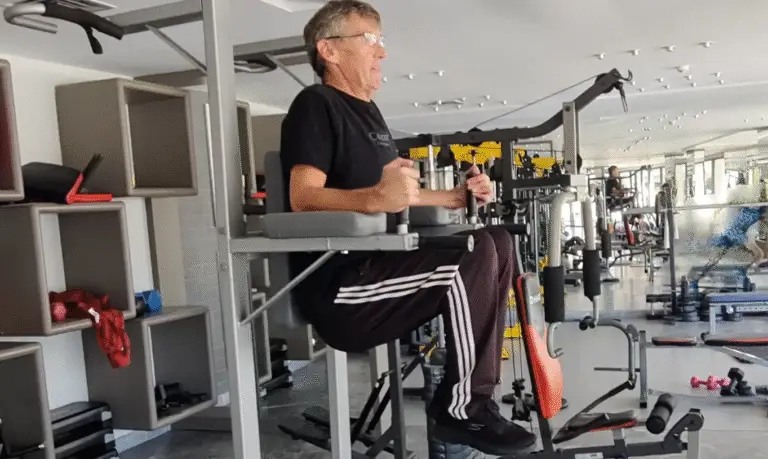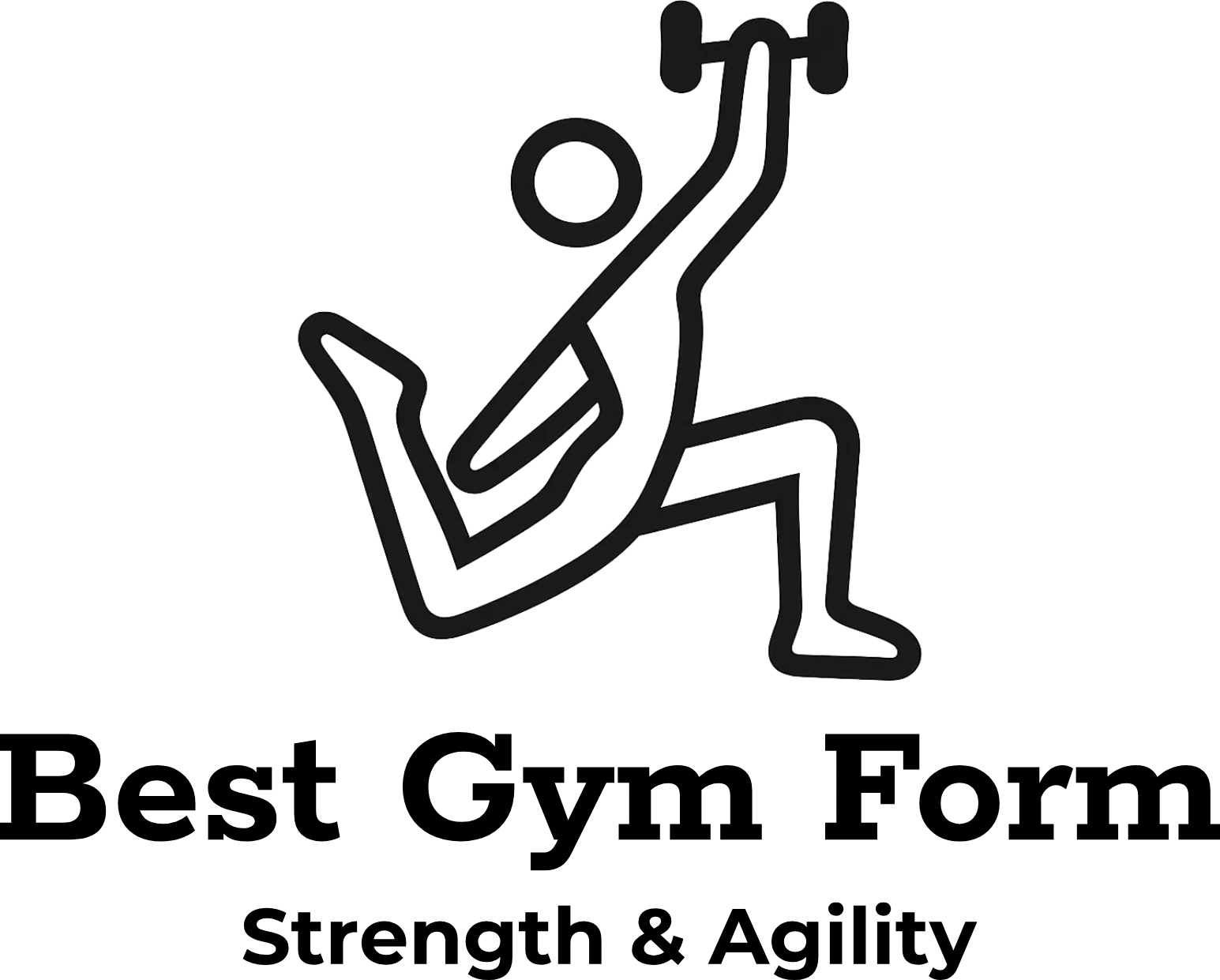All about the Pilates Plank Exercise
(Pilates for Abs)
BENEFITS & MUSCLES WORKED: Flexibility, Balance, Core Strength & Stability, Lower Back, Abs
Watch: my Plank video
START POSITION: Kneel and move forward as if you were about to do a push-up. Instead of balancing on your hands, use your elbows to support you. The elbows will be underneath your Shoulders on the floor. Forearms will point forward and slightly inwards.
Now bring your feet up behind you to rest on the tips of your toes. Your legs and back should be straight and neutral, and your head should be up so that your neck is in line with your spine. You are now in the correct Pilates Plank position – and it remains static and rigid throughout the exercise.
NOTES: Difficulty Rating: 63%
Now hold it right there for as long as you can. Beginners might only manage a few seconds of hold. Don’t worry, you can do these exercises several times a week and build strength quickly.
The Plank is an Isometric exercise (static) and, as such, it can feel quite challenging because nothing moves – you are just tensing, particularly around the Abdominal and core areas.
It’s an excellent addition to any workout routine, and it’s relatively safe to do.
It works great to do bench crunches and knee raises after the plank.

9 Top Tips for doing a perfect Plank
- Your body should be a straight line from head to heels
- Engage your core by drawing your belly button towards your spine
- Keep your neck neutral and gaze slightly ahead
- Press firmly into the floor with your forearms or hands
- Hold the plank for 20-30 seconds, or as long as you can with good form
- To make it easier, drop to your knees for support
- To make it harder, lift one leg at a time
- Don’t arch your back
- Don’t let your hips sag
Always listen to your body and stop if you feel pain.


